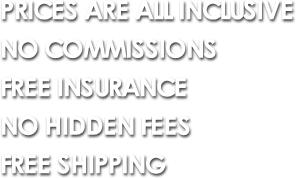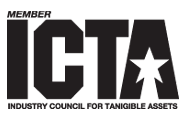Aug 12 (Reuters) – The Federal Reserve’s new approach to monetary policy, meant to provide a clear path for the central bank to reach its inflation target, has led for now to a conflicting array of interpretations as officials turn perhaps sooner than anticipated to a debate about when to raise interest rates.
That decision seemed far away last December when the Fed laid out what seemed a clear test for when its inflation goal would be achieved and make it appropriate for rates to rise from near zero.
But this year’s inflation jump has some officials already declaring the new benchmark tests have been met, others saying the goal remains a long way off, and others shrugging their shoulders over the level of uncertainty remaining around the pandemic reopening.
It’s a division some analysts anticipated when the Fed adopted a new framework focused on average inflation over time, with periods of higher prices offsetting lower ones, but did not pin down key concepts like the length of the averaging period or the level of overshoot it would tolerate. That will now have to be sorted out as data arrives and officials promote competing forecasts for inflation and competing narratives for the proper policy response.
It is almost foregone that in coming months the central bank will begin reducing its pandemic emergency support by trimming its $120 billion in monthly bond purchases. What’s less certain by far is the timing and pace of any subsequent interest rate increase, a more consequential step that will hinge on which view of inflation wins out.
“I thought it was going to be the flat Phillips curve that was going to be the problem,” Chicago Fed President Charles Evans said this week, referring to the dynamics that kept inflation weak for the past decade.
Instead inflation has not just exceeded their 2% target but come in so far above it that debate has broken out over whether the Fed may have already met the aims of its new framework.
In the Fed’s policy statement, that has translated into a promise to keep rates low until “inflation has risen to 2% and is on track to moderately exceed 2% for some time.”
A preferred Fed measure of inflation, the personal consumption expenditures price index excluding food and energy, is currently up 3.5% year-over-year, and three regional bank officials said over the last week that may be enough to meet the standard.
“This is quite the large impulse and it is enough to have made up for some of the past misses to the downside, which was a core part of the discussion” in devising the new framework, St. Louis Fed President James Bullard said last week. “In my mind we should declare success on this.”
Atlanta Fed President Raphael Bostic made a similar argument this week – inflation this year will bring a multi-year average up to 2% – and suggested officials need to begin debating what their new inflation language means in practice.
On Wednesday, Kansas City Fed President Esther George said “one might argue” the inflation being experienced today is enough to “align” with the stated threshold for raising rates.
‘NO SUGAR-COATING’
The separate goal of maximum employment is also under debate, with its own nuances and disagreement over how near the economy is to achieving it.
But the inflation discussion is especially complex and it has come on fast. As Evans noted, officials expected they’d be fighting to nurse inflation higher, and were prepared to leave policy loose for a long time to do so – all the while allowing job gains to accumulate and press the boundaries of “maximum employment” in a way that benefits workers.
Instead the unexpected shocks of reopening – labor shortages, global supply problems, demand surging beyond the economy’s ability to produce goods and services – have eroded faith that inflation will forever remain contained.
Richmond Fed President Thomas Barkin this week said his base case remains that inflation has “crested” and should ease next year. But he acknowledges it has persisted longer than expected, and he is open to both possibilities – of inflation easing next year, or of subsequent shocks that keep prices higher. The Fed needs to be ready for either outcome.
Barkin rattled off a list of key unknowns that could shape the outcome.
“Will this Delta variant hammer commerce or is it going to turn into the flu? Is it going to impact labor availability and all of a sudden we are going to not have our fall recovery but have really tight labor markets for a number of months? … What’s our relationship with China going to be six or nine months from now?” he said.
Evans has anchored what last December had been the near consensus view that inflation would rise for a bit, help the Fed lift longer-term inflation towards its target, but not threaten a full-scale outbreak that would force a reaction.
This week, he said he still believes weak inflation is the bigger risk over time and said he would regret the Fed reacting to the current jump in prices only to get in the way of job growth the economy sorely needs.
But he acknowledged the discussion has gotten more complex.
“There is no sugar-coating the pain” of the price increases, Evans said. “The question is more what the inflation outlook is going to be into 2022 and 2023. Some of these prices will turn around.” (Reporting by Howard Schneider; Editing by Dan Burns and Nick Zieminski)









